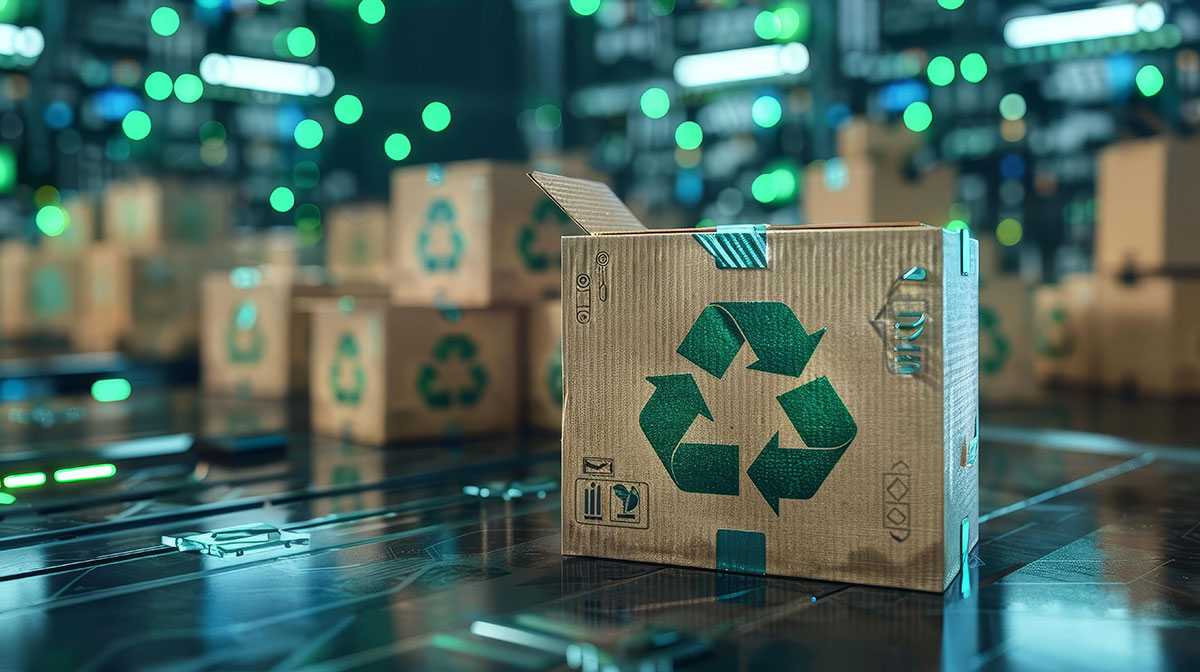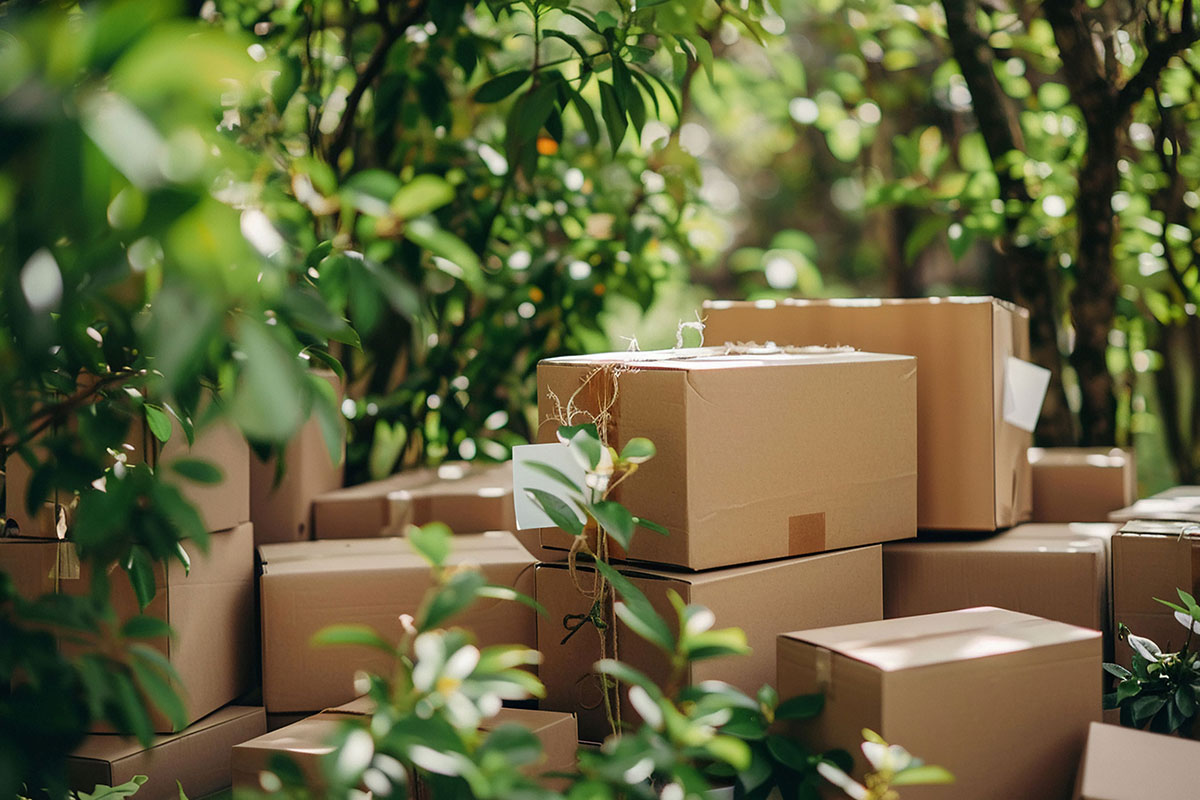
How To Implement Carbon Reduction In Packaging: A Step-By-Step Guide
Climate change is a pressing issue, and packaging waste is a significant contributor. Every year, millions of tons of packaging end up in landfills, incinerators, or our oceans. This packaging waste pollutes our environment, harms wildlife, and contributes to greenhouse gas emissions.
But there is good news! By taking steps to reduce your packaging's carbon footprint, you can make a positive impact on the planet. In this guide, you'll discover how you can implement carbon reduction strategies throughout your packaging process.
Understand Your Packaging
The first step to reducing your packaging's carbon footprint is understanding it thoroughly. Here's what you need to consider:
Materials
What materials are you currently using? Are they plastic, cardboard, paper, or something else? Each material has a different environmental impact. For instance, plastic production is energy-intensive and can release harmful chemicals.
Cardboard and paper are generally better options, but using recycled content is even more eco-friendly. Integrating a sustainable procurement policy can help ensure that the materials sourced are environmentally friendly. To find out more about this, check out some helpful resources online.
Quantity
How much packaging are you using per product? Can you lessen the amount of material used without compromising protection? Analyze your products and see if there are ways to streamline your packaging. Often, simple adjustments like using a smaller box or thinner cardboard can make a big difference.
Weight
Heavier packaging requires more energy to transport, so minimizing weight is important. Consider the weight of your product and choose lightweight packaging materials whenever possible. This will not only reduce your carbon footprint but also potentially lower your shipping costs.
Lifecycle
Consider the entire lifecycle of your packaging, from material extraction and manufacturing to transportation, use, and disposal. Look for ways to lessen emissions at each stage. For example, choosing recycled materials decreases the environmental impact of extraction and manufacturing. Designing packaging for easy disassembly can facilitate recycling by consumers.
Understanding this process will point out opportunities to cut down on emissions.

Reduce Packaging Materials
Less is often more when it comes to packaging. Evaluate your products to see if you can use less material without compromising protection. This might mean redesigning your packaging or finding alternative materials.
Think about using minimal sustainable packaging. If your product doesn't need a lot of protection, consider using less material. This can significantly lower your carbon footprint.
Choose Sustainable Materials
The materials you use for packaging matter. Opt for sustainable options whenever possible. Here are some ways to make sustainable choices:
Recycled Content
Opt for packaging made with post-consumer recycled (PCR) content. These products are crafted from materials previously used by consumers, thereby reducing the demand for virgin resources.
Biodegradable and Compostable Materials
These materials break down naturally over time, leaving behind no harmful residues. This is a great option for packaging that will be thrown away after use. Examples of biodegradable and compostable materials include plant-based plastics made from corn starch, sugarcane, or cellulose.
Alternative Materials
Explore innovative packaging solutions made from sustainable materials. Some interesting options are bamboo, sugarcane pulp, and ocean water plastic.
Using sustainable materials for packaging can decrease environmental impact and promote a circular economy.
Optimize Packaging Design
The way you design your packaging can make a big difference. Efficient packaging design lessens material waste and transportation emissions. Consider the shape, size, and structure of your packaging.
Use packaging design tools. There are software programs that can help you optimize your packaging design for efficiency and sustainability. These tools can help you cut back material usage and minimize waste.
Improve Packaging Efficiency
There are many ways to improve the efficiency of your packaging process. Reducing waste, optimizing transportation, and increasing recycling rates are all key areas to focus on when implementing sustainable practices in business.
Consolidate the shipments. Sometimes, combining multiple orders into one shipment may help limit the number of delivery vehicles on the road, lowering carbon emissions.

Invest in Recycling and Waste Management
Recycling is crucial for reducing packaging's carbon footprint. Implement effective recycling programs within your business. Encourage customers to recycle your packaging as well.
Explore waste reduction strategies. Look for ways to decrease packaging waste throughout your operations. This could involve process improvements or redesigning packaging to lessen waste.
Consider partnering with recycling companies or waste management services that prioritize sustainability. This collaboration can help you improve your recycling efforts and minimize your overall environmental impact.
Measure and Monitor Your Progress
Tracking your progress is essential for making continuous improvements. Set clear goals for reducing your packaging's carbon footprint. Monitor your performance and make adjustments as needed.
Use carbon footprint calculators. These tools can help you measure the environmental impact of your packaging. This data will guide your decision-making process.
Conclusion
Implementing carbon reduction in packaging is a practical and impactful way to contribute to a healthier planet. By following these steps, it's never impossible to reduce your carbon footprint. Remember, every small change adds up. Start today and make a positive difference for your business and the environment.






